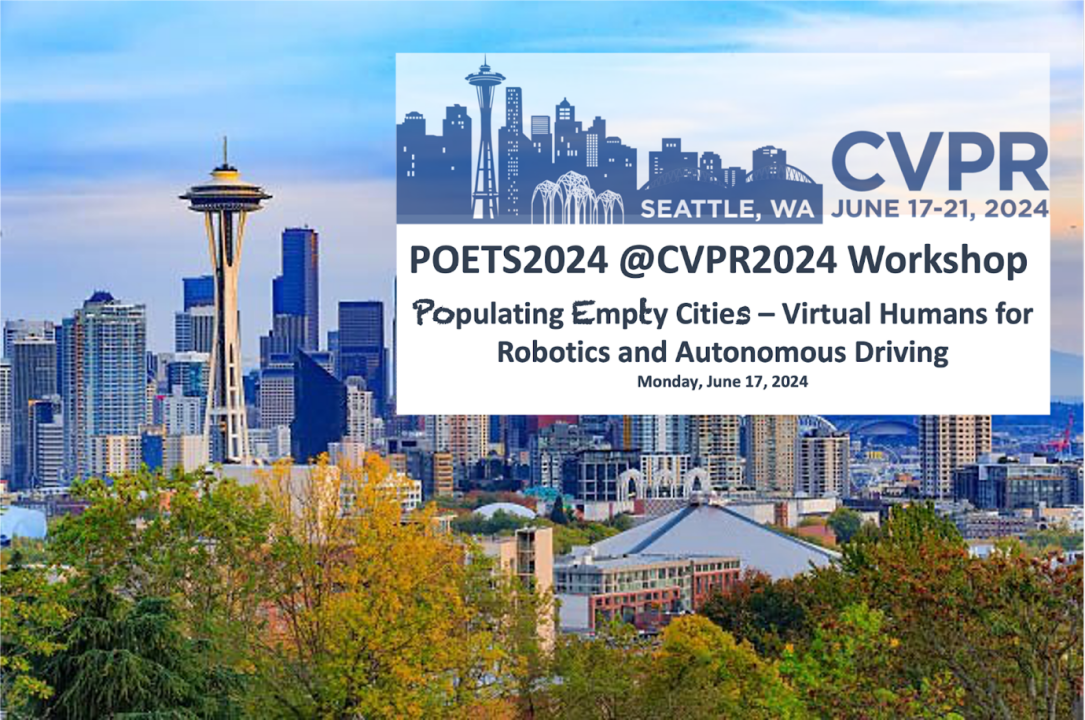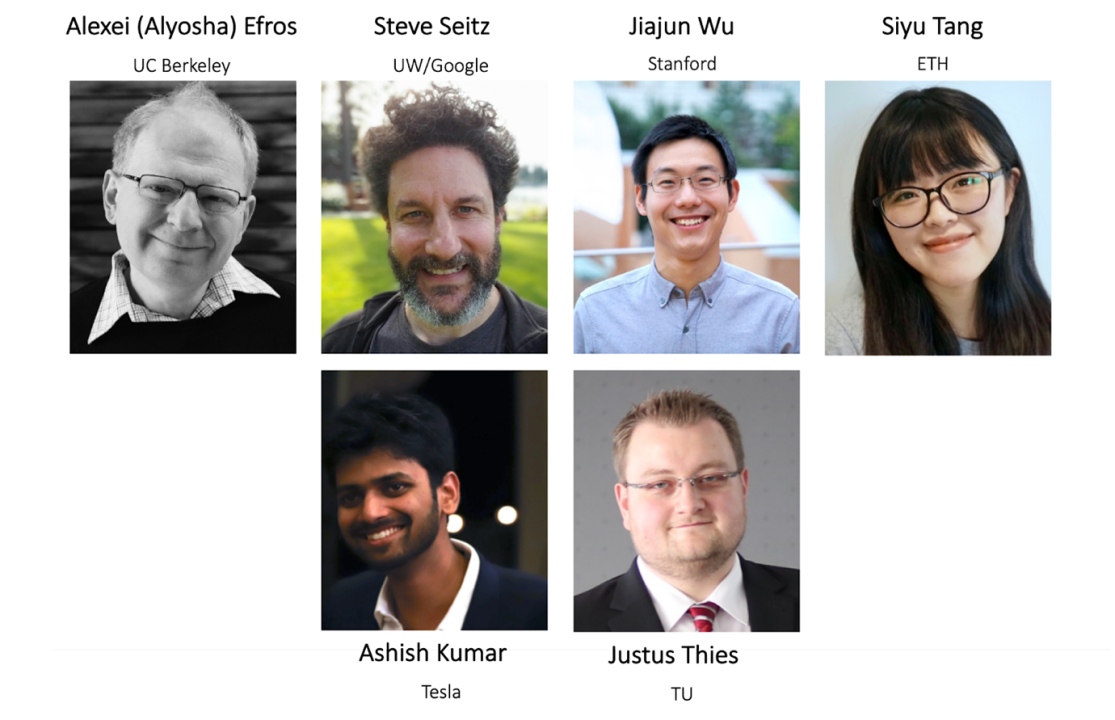

Explore cutting-edge issues in the field of virtual humans (digital humans) empowered robots and autonomous driving
In human In the world we live in, humans are the most central element. Therefore, intelligent machines, such as autonomous vehicles and robots, must be socially aware and interact with humans in densely populated environments. How to perceive and understand humans is crucial in intelligent machine research. Due to the diversity of human behavior in the real world, its impact on environmental changes, and safety considerations when agents interact with humans, various factors make it extremely difficult to train socially aware agents in real environments.
In recent years, simulation environments have emerged as an effective way to train agents. However, these simulated environments, like uninhabited ghost cities, do not include effective simulations of humans. Today, the fields of robotics and autonomous driving are at a common turning point. On the one hand, the emergence of new data, new display methods and new methodologies has opened up new ways to build virtual humans, especially significant progress has been made in rendering, reconstruction, animation and motion synthesis. On the other hand, the integration model of virtual humans and automation systems has not yet taken shape.
A key question emerges - can advances in virtual human research bring a new revolution in robotics and autonomous driving? Therefore, scholars from the University of Michigan, the University of California, Los Angeles, and the Technical University of Munich will organize the first symposium combining the three directions at CVPR 2024. In this symposium, we aim to generate groundbreaking perspectives and discussions on how virtual human technology will play a role in robotics and autonomous driving. We will discuss two key issues focusing on virtual humans: (1) What is the current status and future of the virtual human field? (2) How and in what way will virtual human technology play a role in robotics and autonomous driving? The symposium brings together numerous researchers from the three fields, who will present relevant research results and perspectives. At the same time, the seminar also welcomes submissions of relevant articles.
·Seminar name:
Populating Empty Cities (POETS) - Virtual Humans for Robotics and Autonomous Driving
·Seminar time:
2024 June 17
·Seminar homepage:
//m.sbmmt.com/link/9c9338ab2bf287d03117846a49a7f432
·Submission address: https://openreview.net/group?id=thecvf.com/CVPR/2024/Workshop/POETS&referrer=[Homepage](/)https://www.php. cn/link/3935f26a81a8d5ff8407b49d626f4372
The seminar sincerely invites global scholars and industry experts to submit long papers (8 pages) on the applications, challenges and future development directions of virtual humans in the field of robotics and autonomous driving. ) or short essay (4 pages). The submission rules are consistent with those of the CVPR main conference, including submission templates and anonymous requirements.
The theme of the seminar call for papers revolves around virtual humans, robots and autonomous driving, including but not limited to :
·Virtual Human
· 2D/3D human body generation
·Multi-perspective synthesis/new perspective synthesis
·Neural rendering
·Human body pose estimation/shape reconstruction
· 3D/4D human body reconstruction
·Human motion sequence generation/prediction/retargeting
·Physics-based human simulation
·Human body-scene/object interaction
·Human body related data set/benchmark construction
·Robots and autonomous driving
·Embodied intelligence
·Social navigation
·Social cognition
·Multi-agent interaction
·Human-agent interaction
·Humanoid robot
·Simulation environment
·Robot /Automatic driving related data sets
Submission time node:
·Submission deadline: 2024年4月15日
·End of review Time: 2024year4month29日
·Final version submission time: 2024year5month17 日
Partial guest list of the seminar:

Seminar Conference organizer:

The above is the detailed content of Call for Papers | CVPR 2024 Workshop | The 1st Virtual Humans for Robotics and Autonomous Driving. For more information, please follow other related articles on the PHP Chinese website!
 Why is there no response when headphones are plugged into the computer?
Why is there no response when headphones are plugged into the computer?
 How to use the axis function in Matlab
How to use the axis function in Matlab
 Complete collection of SQL query statements
Complete collection of SQL query statements
 The difference between while loop and do while loop
The difference between while loop and do while loop
 How to delete blank pages in word
How to delete blank pages in word
 rgb to hexadecimal conversion
rgb to hexadecimal conversion
 How to implement jsp paging function
How to implement jsp paging function
 Douyin cannot download and save videos
Douyin cannot download and save videos




